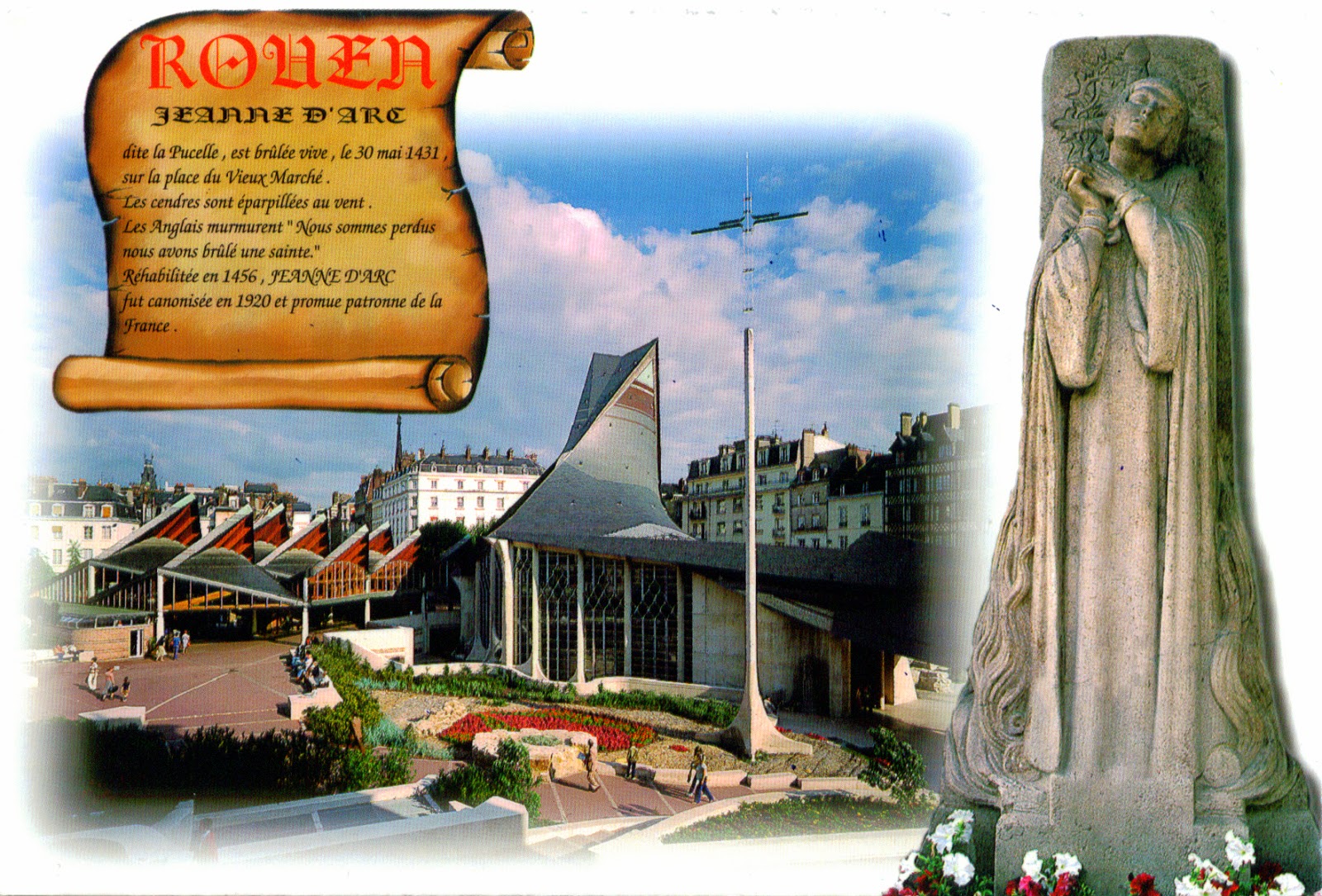New Caledonia, a special collectivity of France, consists in an archipelago located in the southwest Pacific Ocean, in Melanesia, at mid-way between Australia and New Zealand. Among its islands is the Isle of Pines (French: Île des Pins; Kanak name: Kunyié), nicknamed "l'île la plus proche du paradis" (the closest island to Paradise). The inhabitants of the island are mainly native MelanesianKanaks and the population is 2,000 (estimated 2006). The origin of Kanak people is unclear, but ethnographic research has shown that Polynesian seafarers have intermarried with the Kanaks over the centuries. Kanak society is organised around clans, each having between fifty and several hundred members. The clan could initially be made up of people related through a common ancestor, comprising several families. Common markers of national identity include the cultivation of yams and taros, a hierarchy that differentiates high-ranking persons (masters of the soil and chiefs) from lower status persons, kinship relations, the practice of nonmercantile ceremonial exchanges between clans and chieftainships for marriages and funerals, and belief in ancestors' presence among the living.
Read more »















































